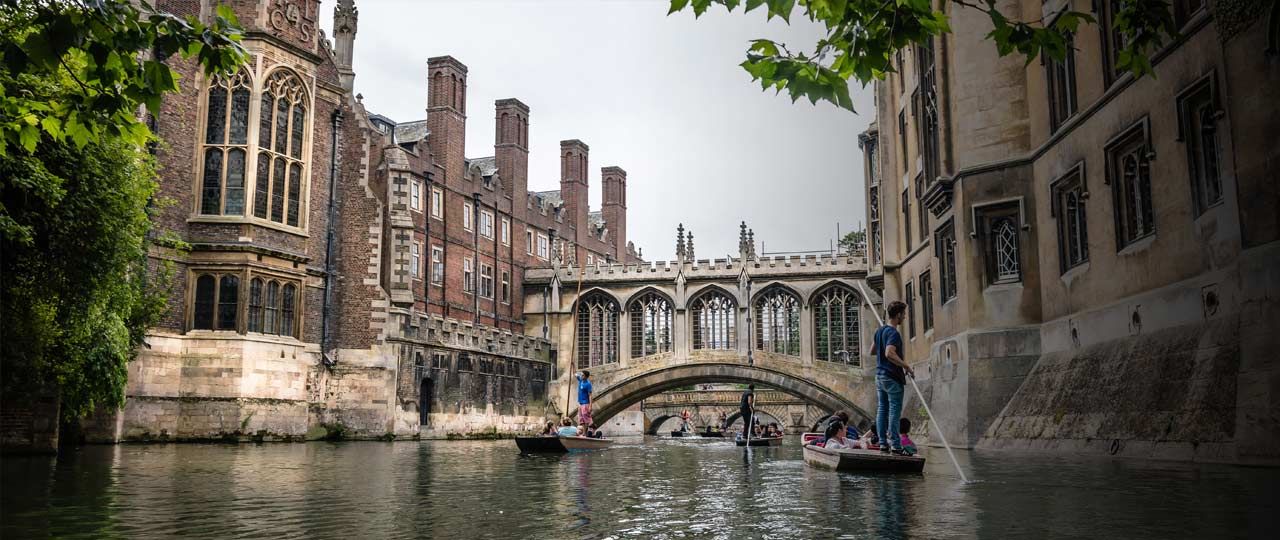
It’s one of the most ambitious building projects this country has seen for decades, but what does it need to succeed? We look at what the planning priorities should be for the Oxford-Cambridge Growth Arc.
The development of the Oxford-Cambridge Growth Arc will be one of the biggest economic, housing and infrastructure projects the country has seen for decades. While other political events have dominated the headlines, planning work for the Oxford-Cambridge Arc has been continuing in the background.
Ahead of a broad public engagement exercise planned for this summer, we discuss what the priorities should be at this stage to set this project up for success.
Effective governance and decision-making
The Oxford-Cambridge Growth Arc involves 31 local authorities and four central government departments as well as four Local Enterprise Partnerships and 10 universities.
For historical reasons, including the former regional government structures and the focus of transport projects on north-south routes rather than east-west, many of these local authorities haven’t had much interaction with other authorities across the Arc. And of course, each area will have local issues and priorities they want addressing as part of the project.
Having a common vision and a governance structure to deliver development in a planned and structured way while involving all these stakeholders as well as local residents, environmental groups and other interest groups will be essential for effective governance.
Create environmental benefits
Some of the most significant opposition has come from residents and environmental groups who are concerned about the impact the additional housing and transport infrastructure could have on the environment.
Climate change has also become a major political driver at a national level, making green transport and low-carbon, low-energy buildings two additional priorities for Growth Arc planning.
To ensure the project delivers benefits for future generations and make the proposals acceptable to local residents, environmental issues have to be at the forefront of planning. These include:
- Integrated transport options with accessible public transport and dedicated cycle routes
- Protecting areas of high-quality habitat and creating new habitats, ensuring a continued chain of green infrastructure
- Creating parks and green spaces to help enhance the quality of life in new developments
- Ensuring new homes and non-domestic buildings are low-energy and resilient to climate change.
Housing policy and strategy
The government’s plan is to deliver 1 million new homes in the Oxford-Cambridge Arc by 2050. To get a sense of scale, this is not far off the total number of households in the entire Greater Manchester conurbation (1.17 million).
A 2017 report by the National Infrastructure Commission set out eight “what-if” scenarios to meet the housing delivery target. These ranged from a single large city that would be larger than the Leeds-Bradford conurbation to around 200 villages of around 9,500 people.
This study may provide a starting point for decision making, but rather than choosing one of these options, it’s perhaps more likely that a combination of approaches will be used including the development of new settlements of varying sizes and expansion of existing towns and cities where this is possible.
There have been no announcements yet as to what the strategy will be to deliver this number of homes, but it must be high up the government’s priority list.
Practicalities of delivery and funding
With a project of this scale, there are always difficult decisions to be made around delivery. These include issues such as the need for compulsory land purchase, who pays for the development of transport infrastructure and the delivery of affordable housing.
The reality of economic growth also has to be considered. Although one of the aims of the Oxford-Cambridge Arc is to encourage economic and industrial growth to spread across the area, many of the industries currently based in Oxford and Cambridge are wedded to these locations. Facilitating growth in these locations may be preferable to losing these businesses to other countries.
There will always be winners and losers and tough decisions to be made. But with all the established main political parties committed to the development of the Oxford-Cambridge Growth Arc, the future of development in this region looks positive.
